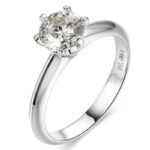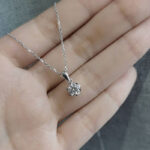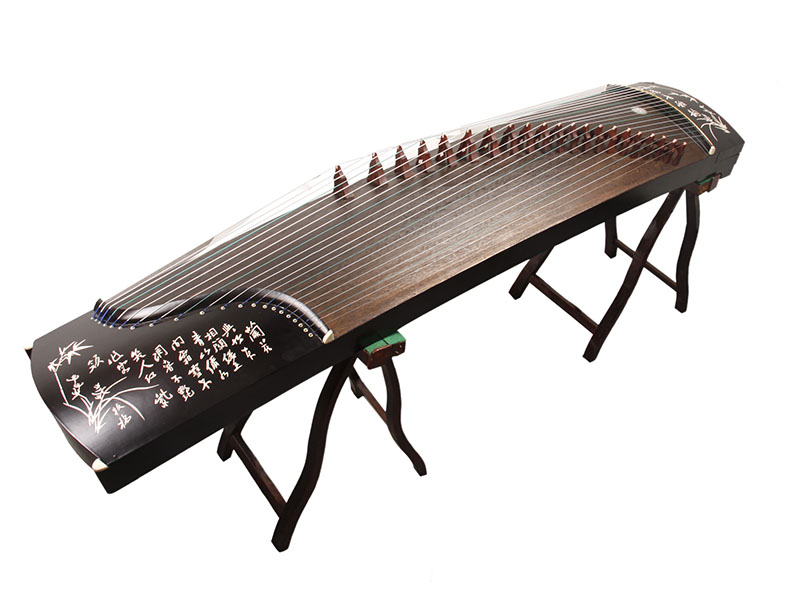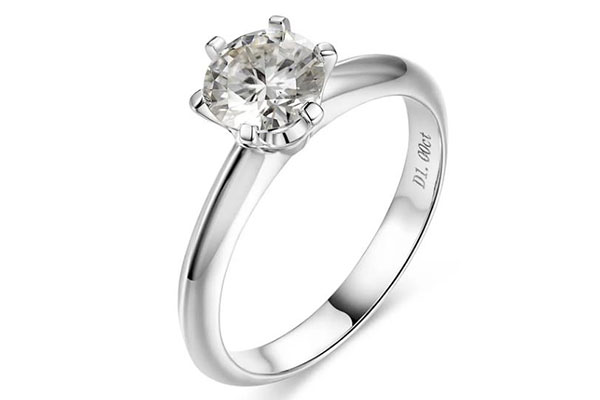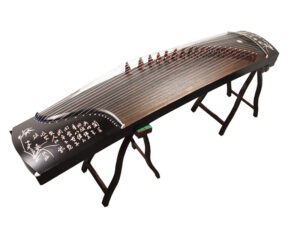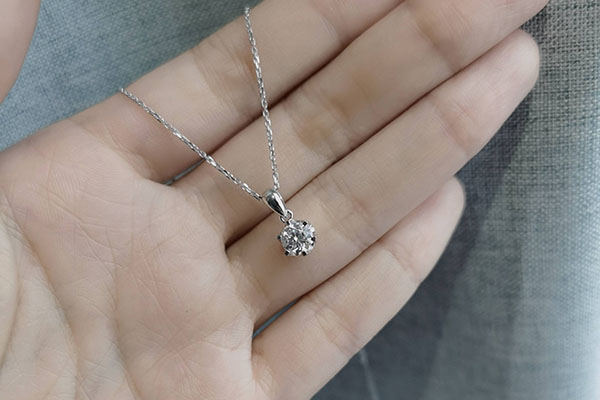China has a rich musical heritage that dates back thousands of years. Among the many traditional instruments, Guzheng and Guqin are two of the most revered and cherished by the Chinese people. They both have unique sounds, playing techniques, and cultural significance. In this article, we will delve deeper into the differences between Guzheng and Guqin, and explore their respective importance in Chinese history and culture.
Guzheng: An Overview
Guzheng is a plucked-string musical instrument that originated in ancient China. It has a long, rectangular-shaped soundbox with strings that are plucked by the player’s fingers. The strings are made of silk or steel and are tuned by adjusting the tension of the strings with the use of bridges. Guzheng has been widely used in Chinese traditional music for centuries, and is known for its expressive and melodic sound.
Characteristics and Features
Guzheng has a unique sound that is characterized by its resonance and vibrato. The sound is produced by plucking the strings with the right hand while the left hand presses down on the strings to create different notes. The instrument has 21 or more strings, with each string representing a different note. Guzheng players use their fingers to play the instrument, and the technique requires a great deal of skill and dexterity.
Playing and Tuning
Guzheng is played by plucking the strings with the right hand while the left hand presses down on the strings to create different notes. The player can produce different effects by varying the plucking technique, such as glissando, tremolo, and vibrato. The instrument is usually tuned to a pentatonic scale, which is common in traditional Chinese music. The tuning of the Guzheng can be adjusted by moving the bridges, which are placed under the strings.
Famous Pieces of Music
There are many famous pieces of music played on Guzheng, including “High Mountain and Flowing Water,” “Spring River Flower Moon Night,” and “Moonlit Night on the Spring River.” These pieces showcase the expressive and melodic qualities of the instrument, and are often performed at traditional Chinese music concerts.
Guqin: An Overview
Guqin is a plucked-string instrument that has been played in China for over 3,000 years. It is a long, slender instrument with a flat soundboard and seven strings. The strings are made of silk or nylon, and the instrument is played with the fingers of the right hand. Guqin is known for its delicate and subtle sound, and has been regarded as a symbol of Chinese high culture.
Characteristics and Features
Guqin has a unique sound that is characterized by its subtlety and elegance. The sound is produced by plucking the strings with the right hand while the left hand presses down on the strings to create different notes. The instrument has seven strings, which are arranged in a specific pattern. Guqin players use their fingers to play the instrument, and the technique requires a great deal of sensitivity and finesse.
Playing and Tuning
Guqin is played by plucking the strings with the right hand while the left hand presses down on the strings to create different notes. The player can produce different effects by varying the plucking technique, such as harmonics, glissando, and vibrato. The instrument is usually tuned to a pentatonic scale, which is common in traditional Chinese music. The tuning of the Guqin can be adjusted by moving the bridges, which are placed under the strings.
Famous Pieces of Music
There are many famous pieces of music played on Guqin,including “Flowing Water,” “High Mountain,” and “Prelude to the Water Melody.” These pieces showcase the delicate and subtle qualities of the instrument, and are often performed at traditional Chinese music concerts.
Differences Between Guzheng and Guqin
While Guzheng and Guqin share some similarities, they also have several key differences that distinguish them from each other.
Physical Appearance
One of the most obvious differences between Guzheng and Guqin is their physical appearance. Guzheng is a much larger instrument, with a long, rectangular-shaped soundbox and multiple strings. Guqin, on the other hand, is a smaller, slender instrument with a flat soundboard and fewer strings.
Sound
Another difference between the two instruments is their sound. Guzheng has a more resonant and melodic sound, while Guqin has a more delicate and subtle sound. Guzheng is often used in ensembles and orchestras, while Guqin is usually played solo.
Playing Technique
The playing technique for Guzheng and Guqin also differs. Guzheng players use their fingers to pluck the strings and create a range of effects, while Guqin players use their fingers to produce a delicate and nuanced sound. The playing technique for Guqin requires a great deal of skill and sensitivity, while Guzheng requires more strength and dexterity.
Cultural Significance
Both Guzheng and Guqin have significant cultural importance in China. Guzheng is often associated with lively, festive occasions and is used to accompany dance performances and other celebrations. Guqin, on the other hand, is associated with more formal and contemplative settings, such as poetry readings and scholarly gatherings. Guqin has been regarded as a symbol of Chinese high culture and has been featured in many works of art and literature.
Conclusion
Guzheng and Guqin are two of the most iconic and beloved instruments in Chinese traditional music. While they share some similarities, they also have distinct differences in terms of their sound, playing technique, and cultural significance. Both instruments are treasured for their unique qualities and have played an important role in Chinese history and culture. By appreciating the beauty and significance of these instruments, we can gain a deeper understanding of the rich musical heritage of China.

